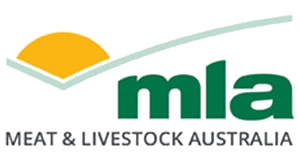Using microwave to detect foreign objects in meat
Microwave technology could be used to detect plastic contaminants in meat trim.
| Publication date: | 06 April 2022 |
| Project status: | Completed |
| Livestock species: | Grain-fed Cattle, Grass-fed Cattle, Sheep, Goat, Lamb |
| Relevant regions: | National |
|
Download Report
(3.9 MB)
|
|
Summary
Current technology using cameras can detect contaminants but is restricted to detection of only that which is visible.
Additionally, they can struggle to detect clear plastics. Successful adaption of microwave scanning would offer an alternate process that could detect non-visible plastic contaminants.
Objectives
To determine if microwave scanning can be adapted to detect plastics contaminants in beef trim.
Key findings
Microwave scanning successfully detected: 1) plastic embedded within boxed beef trim containing between 60 – 95% chemical lean, 2) non-visible plastic embedded within loose beef trim on a conveyor belt running at commercial speeds, and 3) visible plastic embedded within loose beef trim on a conveyor belt running at commercial speeds.
Benefits to industry
Plastic contaminants in trim used by secondary processors is a significant issue. When not detected plastics in trim can enter mine and related products resulting in product recall and significant losses. Methods to screen trim before it enters mince lines will improve food safety, processing efficiency and profit in red meat value chains.
MLA action
The next phase of this research will seek to bring the R&D provider and a commercial partner together to refine the prototype for commercial application.
Future research
Future research will focus on refining the microwave system to detect smaller pieces of plastic and investigate a broader range of plastics encountered by secondary processors.
|
For more information Contact Project Manager: Richard Apps |


